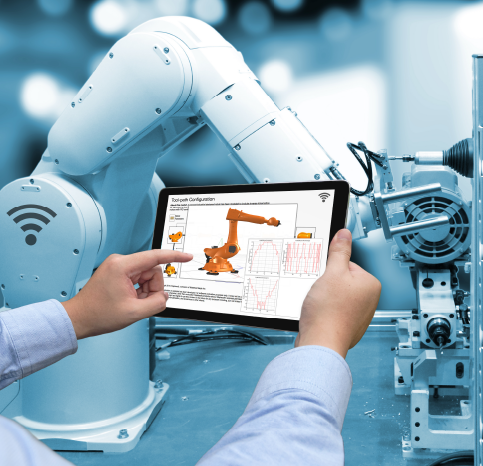Highlights:
- Learn how the Digital Twin forms an integral part of Industry 4.0
- Understand the benefits that Digital Twins offer for modern engineering design
- See how early adopters are already benefitting from Digital Twins
The world of industrial automation is undergoing a major transformation to the Next Industrial Revolution, or Industry 4.0.
Manufacturers can no longer afford the “build it and tweak it” approach that has long characterized many design projects. Instead, they must take a more systems-design approach by implementing rigorous systems-design processes that accommodate the complexities of developing multi-disciplinary systems.
High-fidelity virtual prototypes, or Digital Twins, are at the core of this development process. There are countless ways a Digital Twin can be used in the world of industrial automation:
- As a real-time implementation, using FMI, so it can be run in-line with the real machine, enabling rapid virtual task-planning and testing
- To allow an operator to train on a virtual machine until they have the skills and confidence needed to operate the real machine
- To identify potential issues with a real machine counterpart
- To provide the basis for increasing the self-awareness of the machine, allowing it to optimize its own performance for given duty cycles
Read this whitepaper to learn how early adopters are already benefitting from the power of the Digital Twin as part of their Industry 4.0 strategy.

Disponible en français:
Industrie 4.0 et la puissance du Digital Twin
Auf Deutsch verfügbar!
Industrie 4.0 und die Möglichkeiten des Digitalen Zwillings











